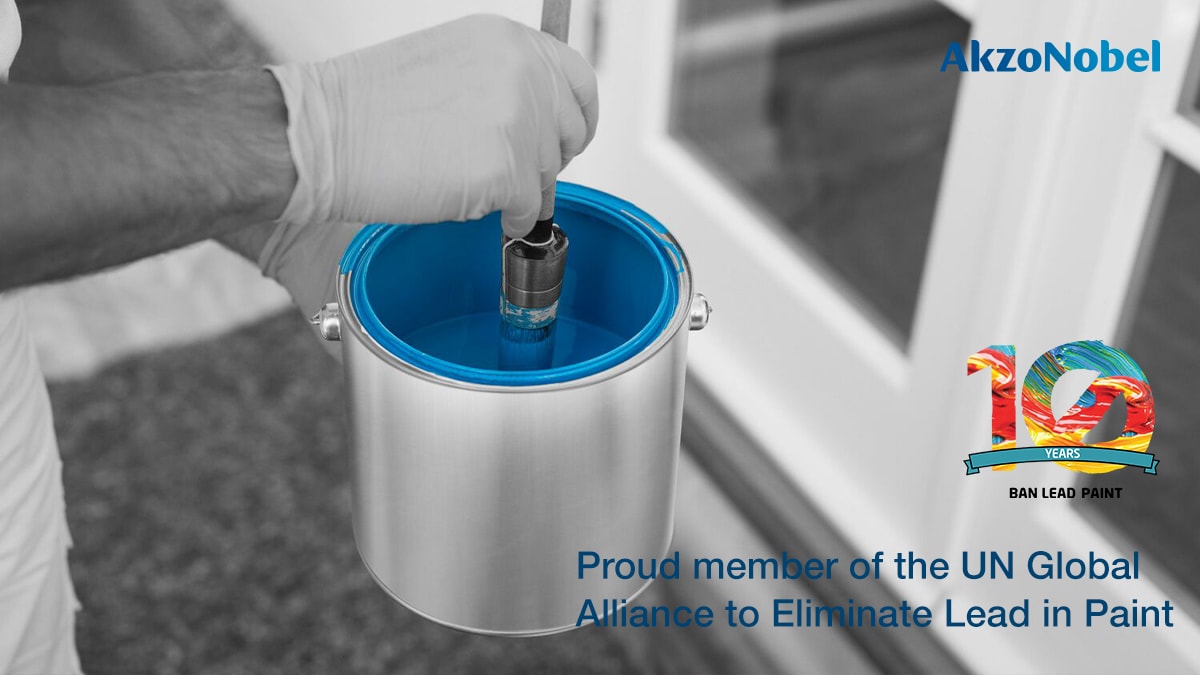
Sustainability
It’s a surprisingly tough question. While our industry doesn’t yet have a standard assessment to review the sustainability aspects of product portfolios, we hope to change that with our Sustainable Product Portfolio Assessment (SPPA) framework.
Developed with the World Business Council for Sustainable Development and some of our peers, SPPA is AkzoNobel’s way of measuring the sustainability characteristics of our product portfolio. And if more widely adopted, it could be a way to compare sustainability benefits across the industry.
“In 2020, we set a clear ambition to increase revenue from sustainable solutions to more than 50% by 2030 (using a 2020 baseline),” says Job Coenen, AkzoNobel’s Senior Program Manager for Sustainability. “SPPA is the way we’re going to get there.”
AkzoNobel has split its portfolio into three categories:
By doing so, we maintain a holistic view of the sustainability characteristics of our product portfolio, know where action is needed and have a baseline for our future ambitions.
“We’re proud of the fact that we were the first major paint company to eliminate lead pigments and driers in all our paint products, and we continue to do so when we acquire new companies,” says Job. “Similarly, we look out for other materials of concern. With the SPPA we’ve been using for more than five years, we can monitor and manage the use of harmful substances.”
Job offers the examples of Aqualure G1 50, an acrylic-based product that’s helping beverage can customers transition from BPA and epoxy or epoxy-mimic coatings – and Aerodur 2111, the chrome-free aerospace primer at the heart of one of the industry’s most sustainable exterior coating systems.
“By constantly reviewing our existing offer in close alignment with our customers’ needs, we deliver sustainable products and solutions that are fit-for-purpose in our key markets,” he says.
“Some solutions can replace other technologies. Our Interpon Cr metallic powder coating helps customers go chrome-free in a cost-effective way that reduces environmental and social impacts, but still results in a spectacular finish,” adds Job.
As a company, we’ve made it our business to deliver the sustainable and innovative solutions that our customers, communities – and the planet – are increasingly relying on. Job says that includes an evolution of the paints and coatings industry we’re a part of.
“We see an even bigger picture: safer and more sustainable products in all stages of the value chain across our whole industry,” says Job. “As we continue to develop the innovative products that will help our customers achieve their sustainability ambitions, we’re excited to share our SPPA methodology so that others can do the same.”

